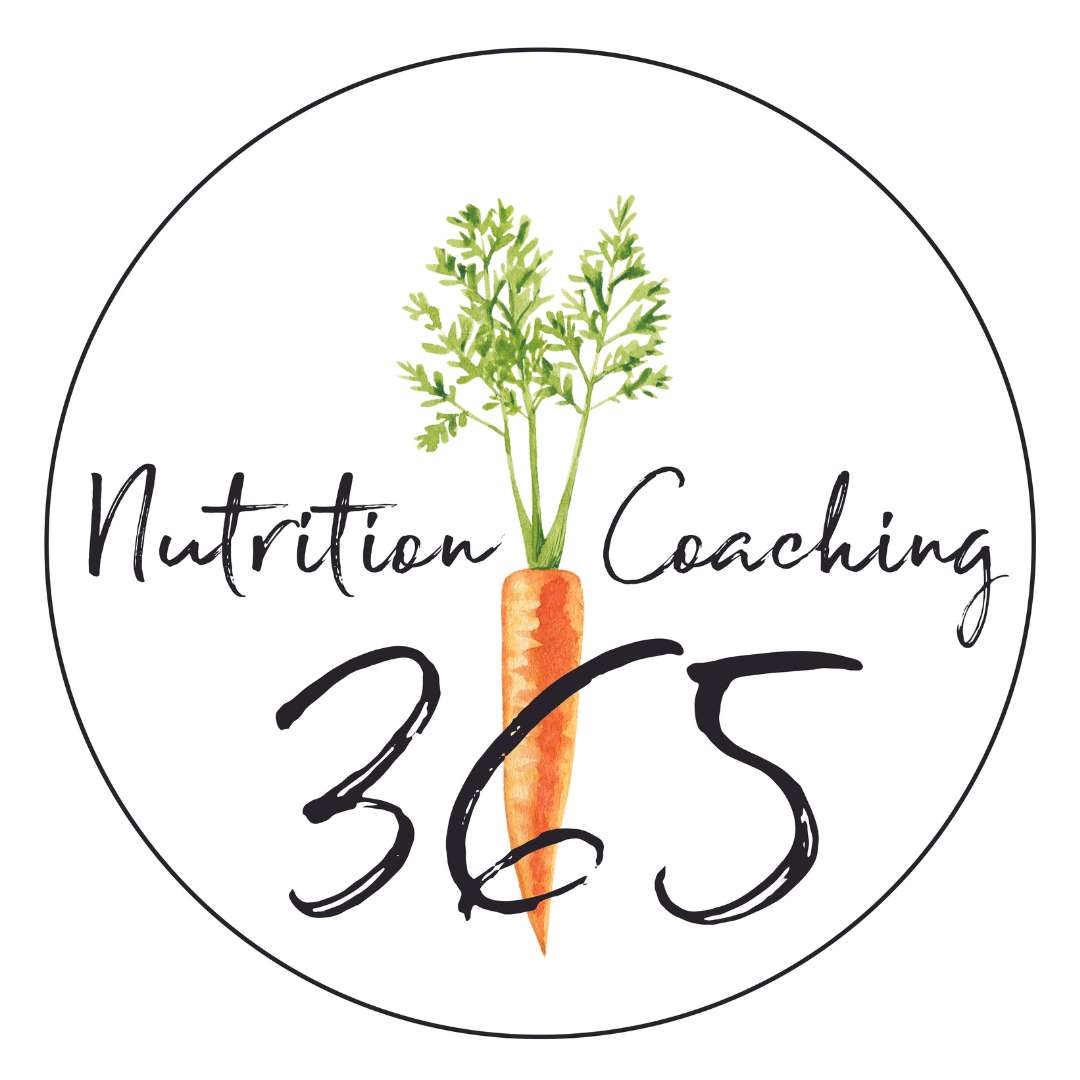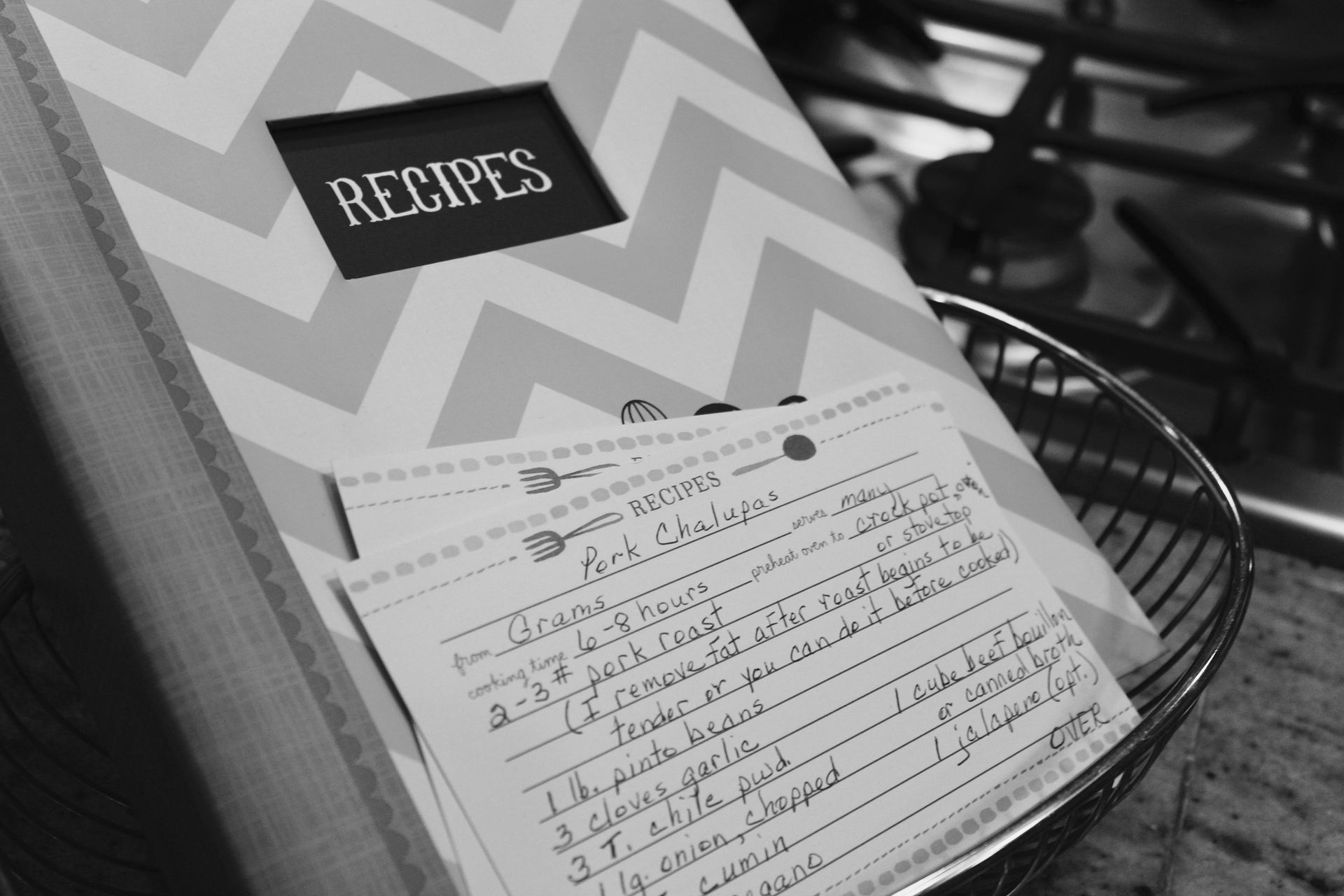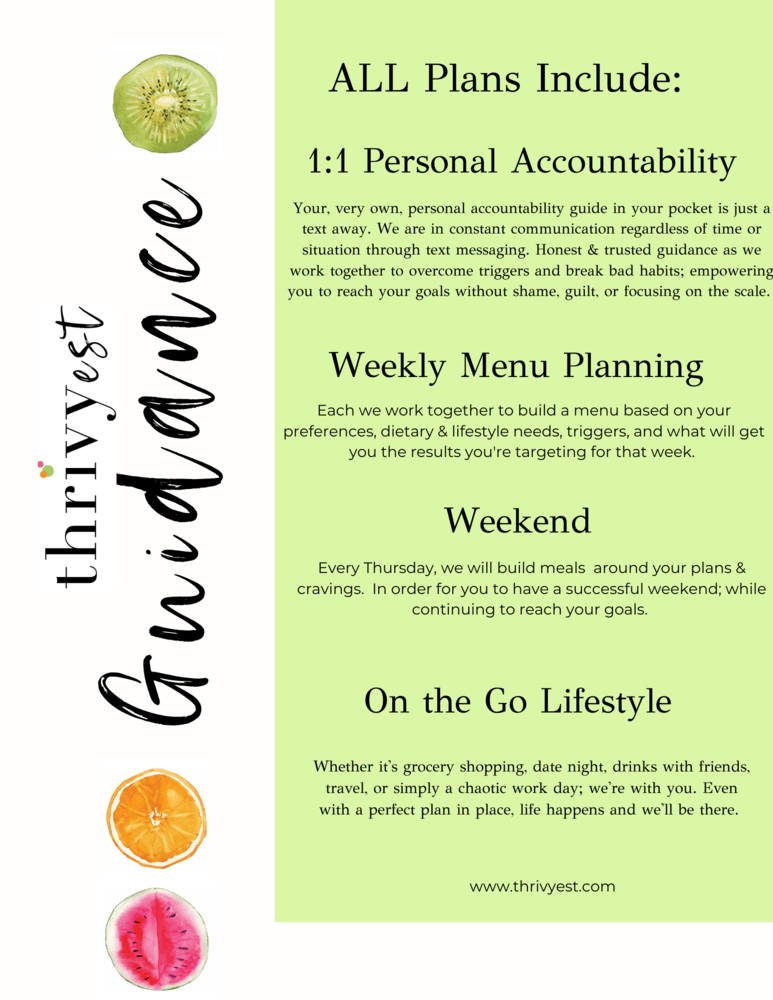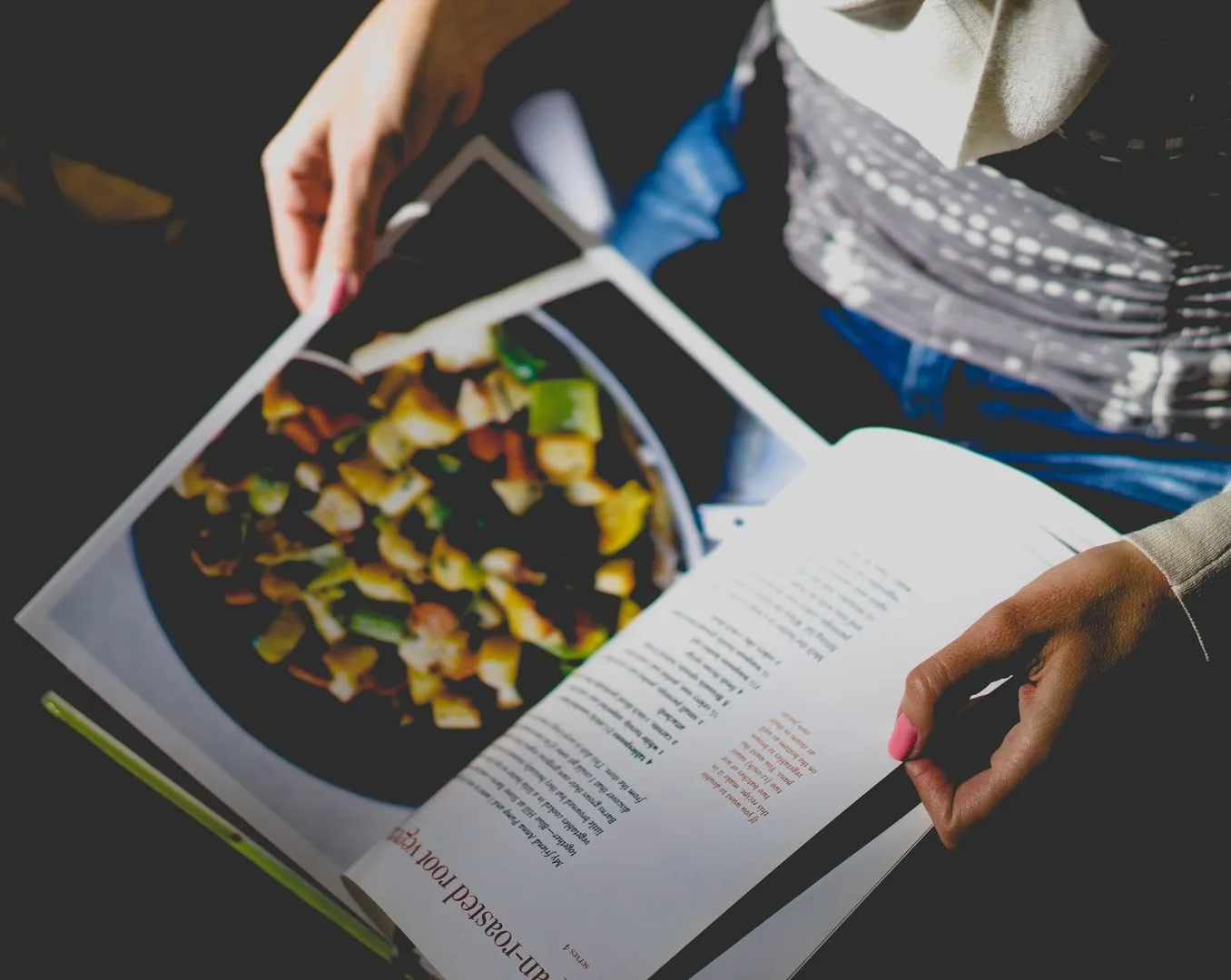How to Lose Weight and Belly Fat: Proven Strategies for Women
Struggling with weight loss can feel overwhelming, especially when you’ve tried eating healthier, exercising more, and cutting out nighttime snacks, but the results just aren’t coming. The weight might not budge, and belly fat seems to be here to stay. If this sounds familiar, you're not alone.
Many women experience frustration when trying to lose weight. Despite knowing what they should do, staying consistent with those changes can feel impossible.
But here's the truth: the key to long-term, sustainable weight loss doesn't come from a quick fix or sheer willpower. It comes from shifting your mindset, aligning your goals with your values, and committing to the long game. In this post, we'll explore exactly how to do that.
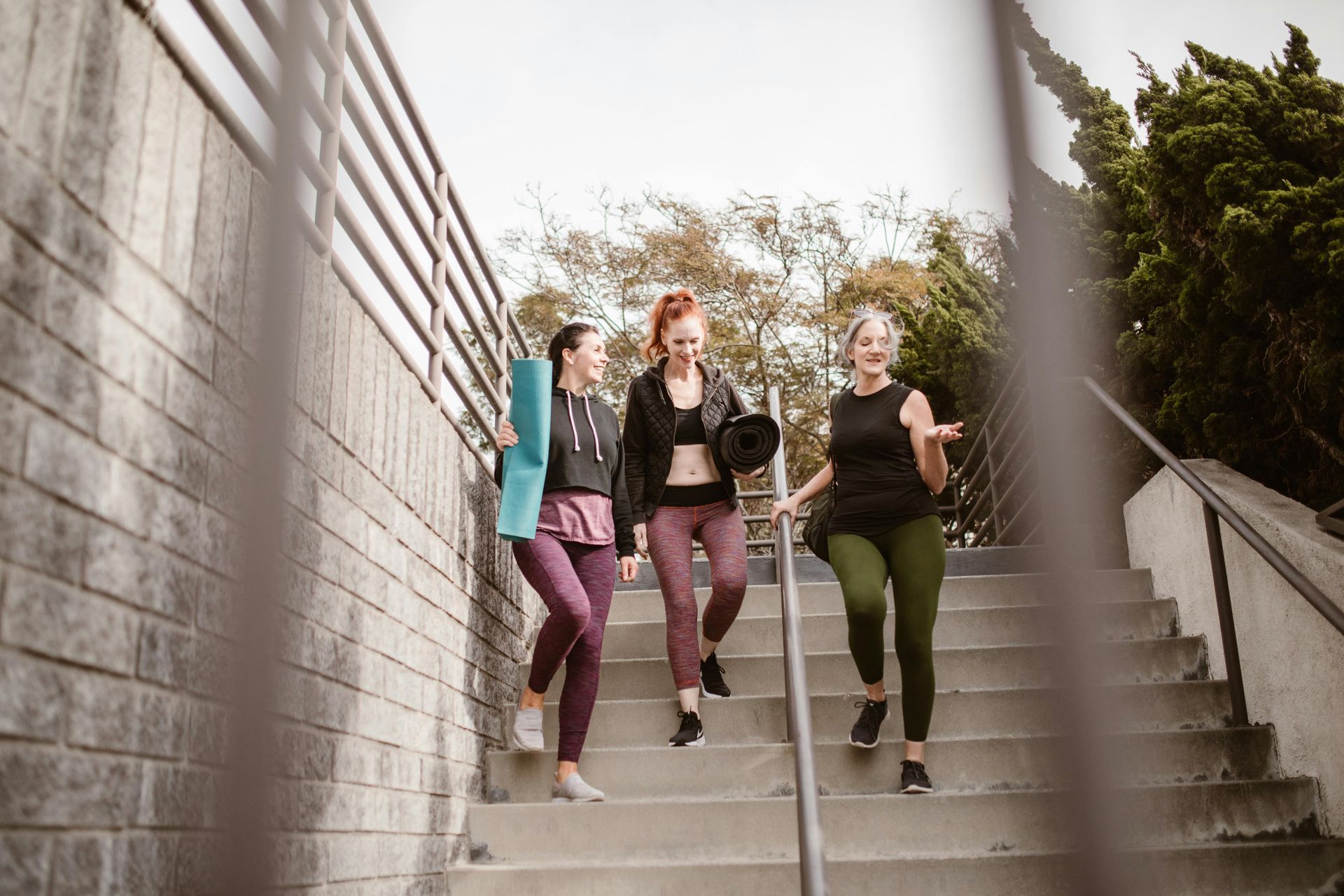
Why Weight Loss Can Feel Harder Now
One of the most common complaints among women trying to lose weight is the stubborn nature of belly fat. Hormonal changes, stress, and poor nutrition often contribute to this problem. Belly fat is particularly frustrating because not only does it affect appearance, but it’s also linked to serious health risks, such as heart disease and diabetes.
Another significant factor in weight loss struggles is metabolism slowdown. Your body no longer burns calories as efficiently as it once did, and maintaining or losing weight can feel like an uphill battle. The same diet and exercise routine that worked in your 20s may no longer produce the same results.
Emotional eating also plays a role. Many of us turn to food for comfort, especially during stressful times. Unfortunately, this habit can derail even the best intentions, leading to weight gain and guilt.
My Story: Battling Nighttime Eating
For years, I struggled with nighttime binge eating. After a long, stressful day, I’d find myself downing the pint of ice cream, a sleeve of Oreos, or a bunch of random sweet stuff - but never could pinpoint why I ws doing it. Yes, it was emotional eating but what the heck?! It was pretty much an every other night thing! But
here's the thing: this emotional eating did absolutely nothing for me except escape the moment ... and left me feeling fat, sluggish, bloated, guilty, and by the next morning, I was even more discouraged.
Once I realized that my nighttime eating was a call out for my need for comfort - specifically loneliness, I began to shift my approach. I discovered that while my kids were asleep & my husband had an evening meeting or was out of town - I was lonely. So began the quest to find the underlying reasons for this without food to distract me. Journaling helped me identify my triggers—loneliness & community. By becoming aware of these patterns, I could finally start to break the cycle.
Why Willpower and Motivation Aren’t Enough
Let’s be real—how many times have you started a new diet or workout routine with full enthusiasm, only to fall back into old habits after a few weeks? This cycle is frustrating and can feel endless, especially when you rely solely on willpower to keep you going.
The truth is, willpower is finite. It’s like a battery that depletes over time, especially when life gets stressful. Similarly, motivation comes in waves—some days you’ll feel motivated, other days you won’t. Relying on willpower or bursts of motivation to drive long-term weight loss is a recipe for burnout and disappointment.
You need a more sustainable approach.
That approach comes from aligning your actions with your deeper values and identity. Rather than relying on short-term fixes, true transformation happens when you begin to see yourself as someone who naturally prioritizes health and wellness.
Aligning Your Actions with Internal Values
Lasting weight loss comes from more than just counting calories or following a diet plan. It involves a mindset shift and aligning your actions with deeper, intrinsic values. For example, instead of just focusing on the number on the scale, ask yourself why losing weight is important to you. Maybe it’s to feel more energetic, to keep up with your kids, or to live a healthier, more vibrant life.
When you connect your weight loss efforts to these deeper values, you give yourself a more meaningful why. This makes it easier to stay consistent, even on the days when motivation is low. The goal becomes less about achieving a number and more about embodying the identity of a healthy, active person.
My Story: How I Shifted My Identity
I used to struggle with inconsistency—skipping workouts, indulging in all the healthy & unhealthy snacks, and then feeling guilty for falling off track. This cycle repeated itself over and over, and I felt stuck. What changed everything for me was shifting my identity. Instead of seeing myself as someone who was "on a diet" or "trying to exercise," I started seeing myself as someone who prioritizes health.
This mindset shift was powerful. Instead of viewing exercise and healthy eating as chores, I began to see them as acts of self-love & self-respect. I started celebrating small wins—like completing a 30-minute workout or choosing a healthier snack. Over time, these small changes added up to significant progress. The key wasn’t about following a strict plan, but about shifting my mindset to align with who I wanted to become. Asking myself "What would the fitter, more healthy me, choose?"
Practical Nutrition Tips to Lose Belly Fat
While mindset is essential, nutrition is the driver of successful weight loss—especially when it comes to belly fat.
Here are some practical tips to help you stay on track:
- Reduce Highly Processed Foods
Highly processed foods, like chips, candy, and fast food, are packed with refined carbs and sugars. These foods lead to water retention, bloating, and belly fat. They also cause blood sugar spikes, leading to more cravings later on.
- My Story: I used to think that grabbing a the combo meal with fries, cookie, or milkshake was a treat. But after those indulgences, I would feel bloated and sluggish, making it even harder to stick to my healthy habits. Once I started cutting back on these foods and replacing them with whole, nutrient-dense options, I noticed a significant difference in my energy levels and how I felt. Goodbye, afternoon energy slump!!
2. Increase Protein and Fiber Intake
Protein helps preserve & build lean muscle, which boosts your metabolism, while fiber keeps you full longer and aids in digestion. Together, they can help you lose weight while preventing overeating.
- Practical Tip: Try adding 25g of lean protein (like eggs, egg whites, greek yogurt, chicken, tofu, or fish) to every meal and include fiber-rich vegetables like spinach, broccoli, or beans. This helps you stay fuller for longer and avoids those late-night cravings.
3. Cut Back on Sugar and Refined Carbs
Foods high in refined carbs (like white bread, pastries, and sugary snacks) spike your blood sugar, leading to belly fat. Replacing them with whole grains, like quinoa or brown rice, provides long-lasting energy and keeps your blood sugar stable.
- My Story: I used to rely on sugary snacks, like a few cookies or crackers as an afternoon pick-me-up but it was a vicious cycle. They gave me a quick burst of energy, followed by a crash that left me craving more. By cutting back on sugar and switching to whole foods, I felt more energized and noticed my belly bloat starting to fade.
4. Stay Hydrated
Drinking water is essential for reducing bloating and flushing out excess sodium, which can cause water retention and make you feel heavier. Aim for 1/2 your body weight in ounces of water daily.
- Practical Tip: Fill up your water bottles the night before - room temp water is easier to drink. Chug don't sip. Aim to hit your water target by 3pm with anything after as a bonus - it'll keep you from getting up all night to pee! Carry a water bottle with you throughout the day and set reminders to drink. This simple habit can make a big difference in how you feel and how your body functions.
Overcoming Self-Sabotage:
How to Break the Cycle
Self-sabotage often sneaks in when we’re stressed, tired, or feeling down. You might skip a workout, indulge in junk food, or give in to cravings. But here’s the thing: you can break the cycle of self-sabotage with a few practical strategies.
- Journaling to Identify Triggers
Start by writing down your feelings and what triggers your cravings or skipped workouts. Once you identify the patterns, you can take steps to address them before they lead to self-sabotage.
- My Story: Through journaling, I realized that my nighttime binge eating was triggered by a lack of community & loneliness, not hunger. Knowing this helped me create healthier ways to unwind, like calling a friend, writing notes to put in my boys lunchboxes, writing a love letter to my hubs and leaving it on the counter when he returned from the evening meeting, watching a non food show!
2.
Reframe Setbacks as Learning Opportunities
Instead of feeling guilty after a slip-up, ask yourself: What can I learn from this? This mindset shift helps you bounce back faster and prevents further self-sabotage.
- Practical Tip: If you indulge in overeats or foods that do not align with your goals in amounts that feel terrible in your body, reflect on why it happened. Were you stressed? Did you skip a meal earlier? Use that information to plan better next time.
3. Set Up Accountability and Support
Having a support system can help keep you on track. Whether it’s a friend, a coach, or an online community, accountability makes all the difference when you’re trying to make lasting changes.
- My Story: I started texting a friend when I felt the urge to indulge in nighttime treats. Eventually, I decided to hire a coach (rather than burden my poor husband & friends - who, while supportive they really are qualified & it's not fair to them to be dumped on nightly). Just having someone to check in with helped me pause and rethink my choices. Accountability gave me that extra push to stick with my goals.
The Long Game:
Committing to Lasting Change
Sustainable weight loss doesn’t happen overnight. It requires commitment and a willingness to play the long game. Instead of focusing on quick fixes, aim to build small, sustainable habits that align with your values.
By incorporating strength training, focusing on nutrition, and managing stress, you’ll set yourself up for success. But remember, the real key is to stop searching for shortcuts. Commit to the long-term process, and you'll save time, money, and frustration in the long run. When you shift your mindset and identity, you’ll stop the cycle of fad diets and finally achieve the results you’ve been striving for.
Final Thoughts
Weight loss is entirely achievable when you focus on what really matters: shifting your identity, aligning with your deeper values, and building long-term sustainable habits.
Remember, this journey is about committing to yourself for the long haul—not just a few weeks of dieting or short-lived motivation. By embracing the long game and focusing on the strategies that work for you, you'll save time, money, and frustration. Most importantly, you'll achieve real, lasting results.
Take the first step today: journal your triggers, make small nutritional changes, and connect with a support system that holds you accountable.
I'd love to hear your thoughts. Comment below or hit reply.
Supporting your Success,
Emily
P.S. Want more of my best strategies and mindset tools? Get them delivered to your inbox weekly for free! Join the newsletter everyone’s buzzing about (okay, mostly my mom, but she has great taste!). Sign up now and let’s keep this momentum going! 🚀
YOU ARE CAPABLE OF LIVING YOUR HEALTHIEST & HAPPIEST LIFE.
If you’re looking to create healthy habits to gain more energy, improve your sleep + shed a few pounds, you’ve landed in the right place.
Recent Posts
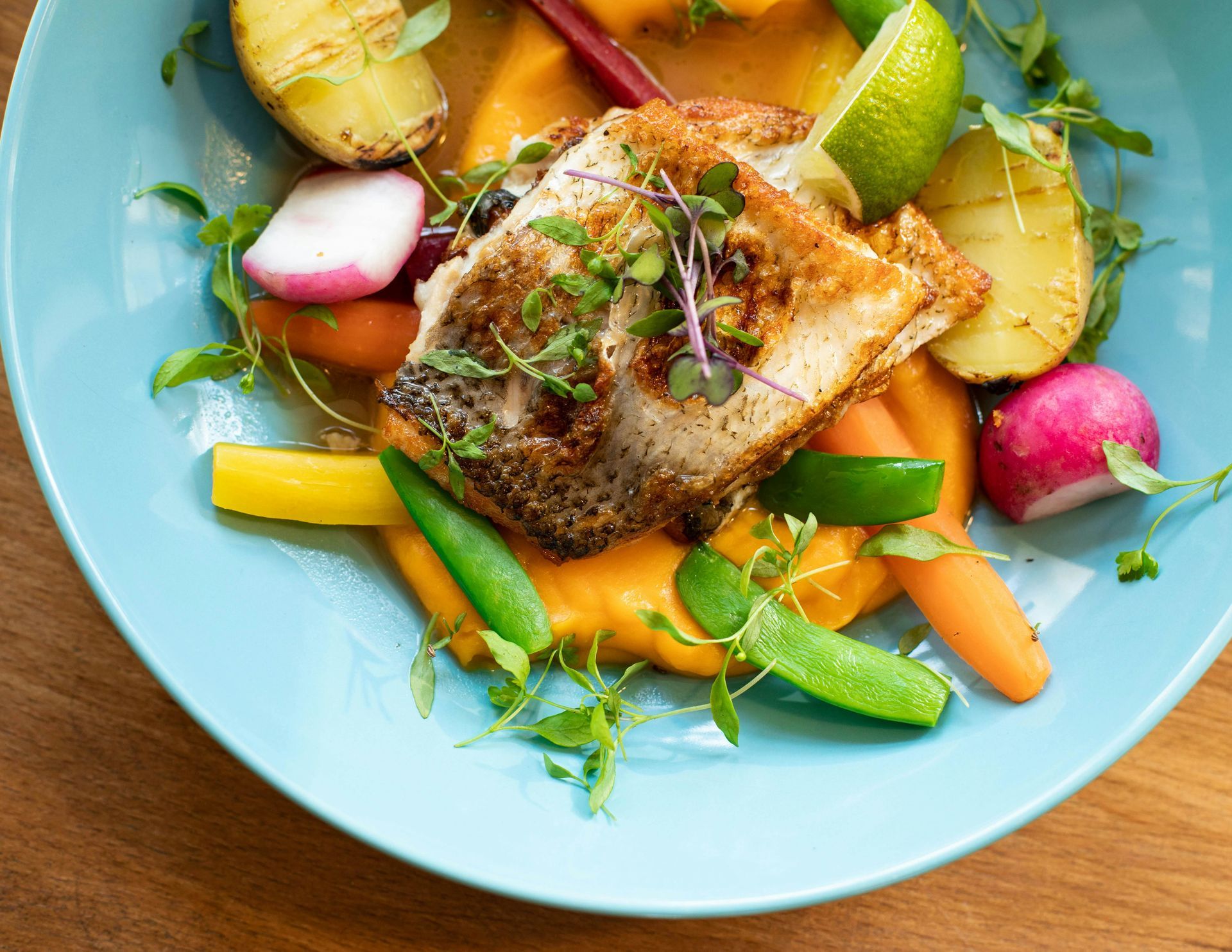
Meet Emily
I love encouraging + inspiring others to reach their healthiest lives through food, fitness + gratitude. As a holistic nutritionist + the founder of Thrivyest, I am passionate about creating habits to help you to live longer + thrive. To thrive in body, mind + soul through personalized, simple + practical steps ensuring you gain more energy, clarity + confidence! Let's connect!
